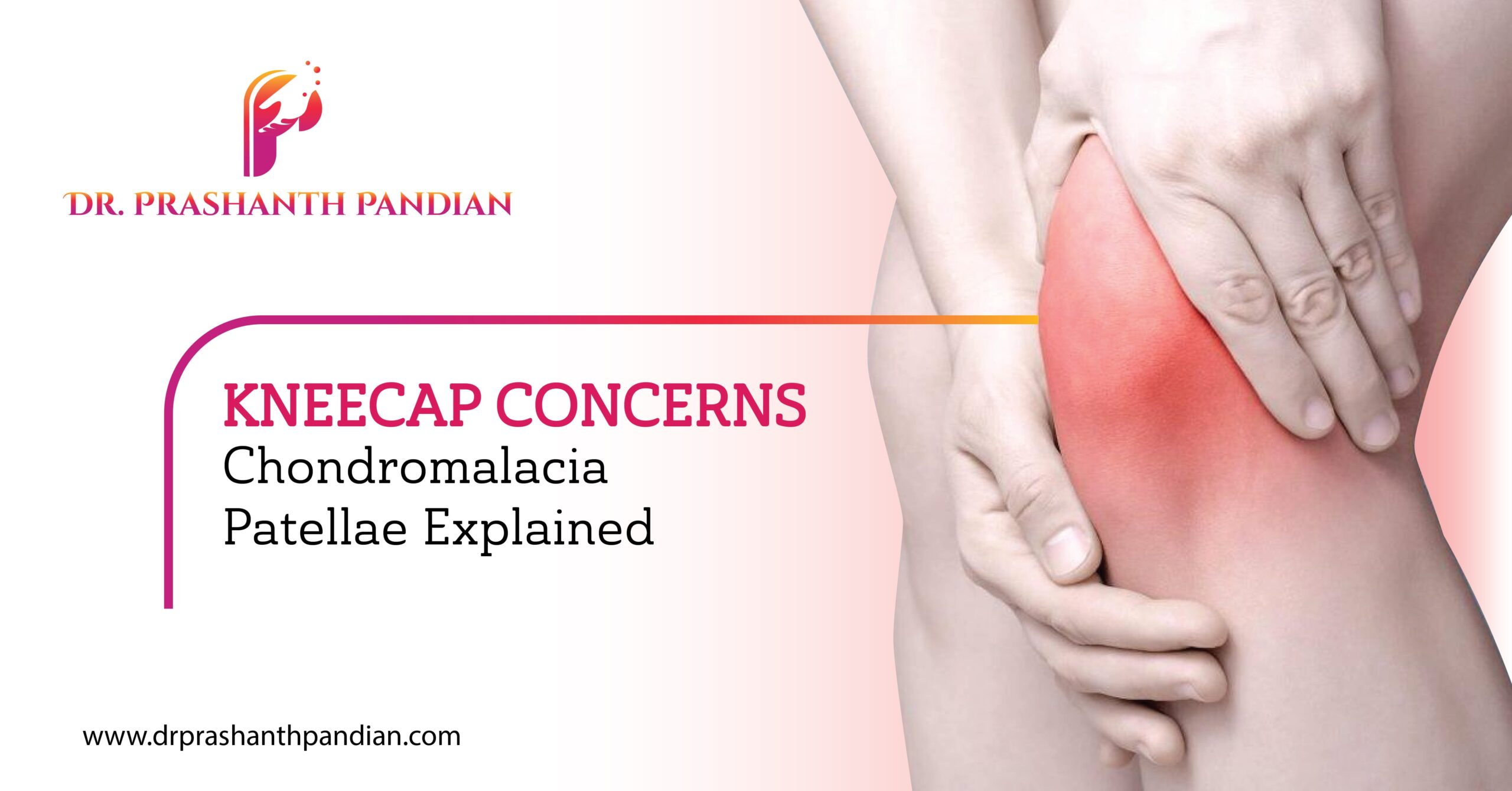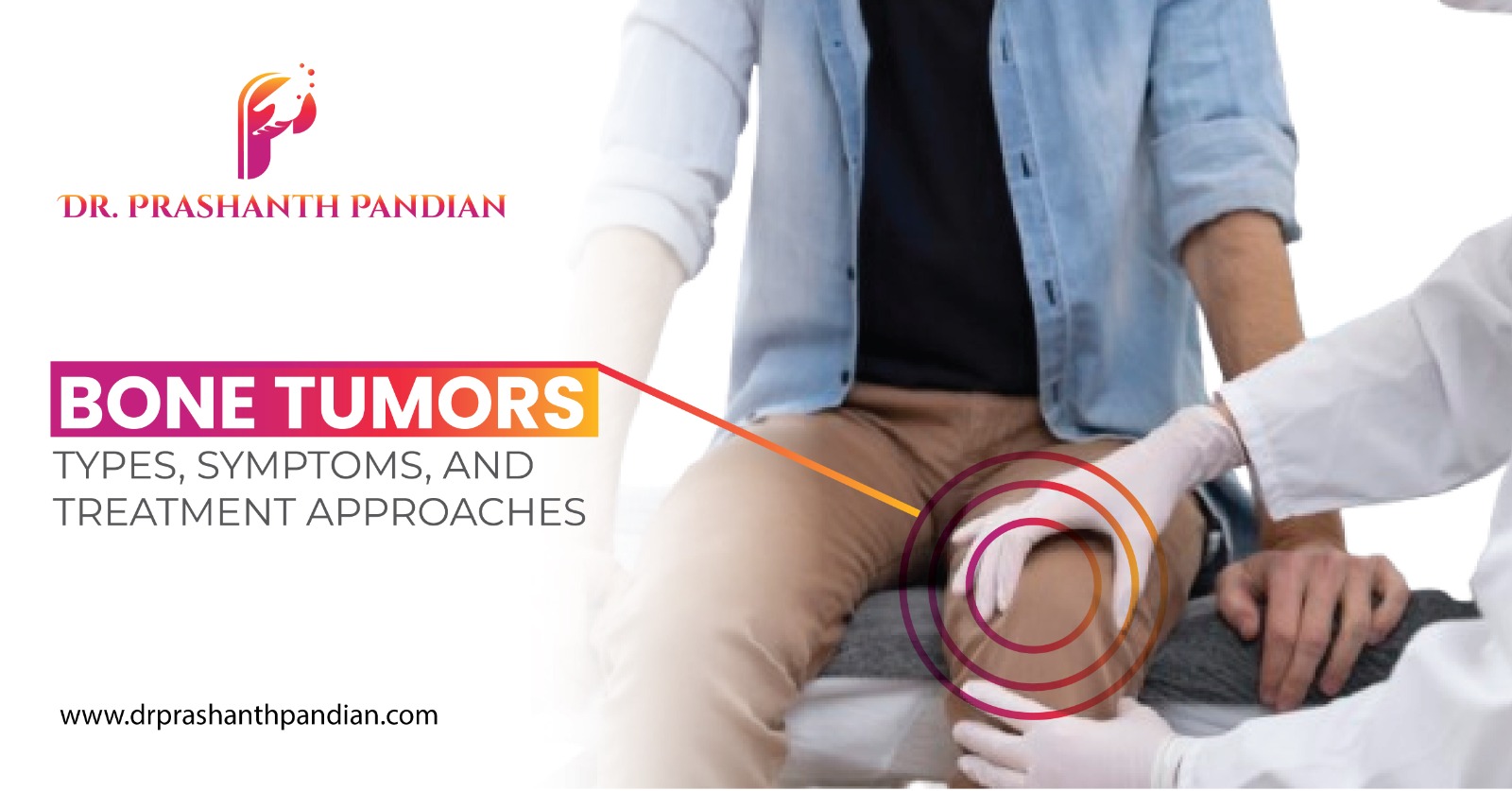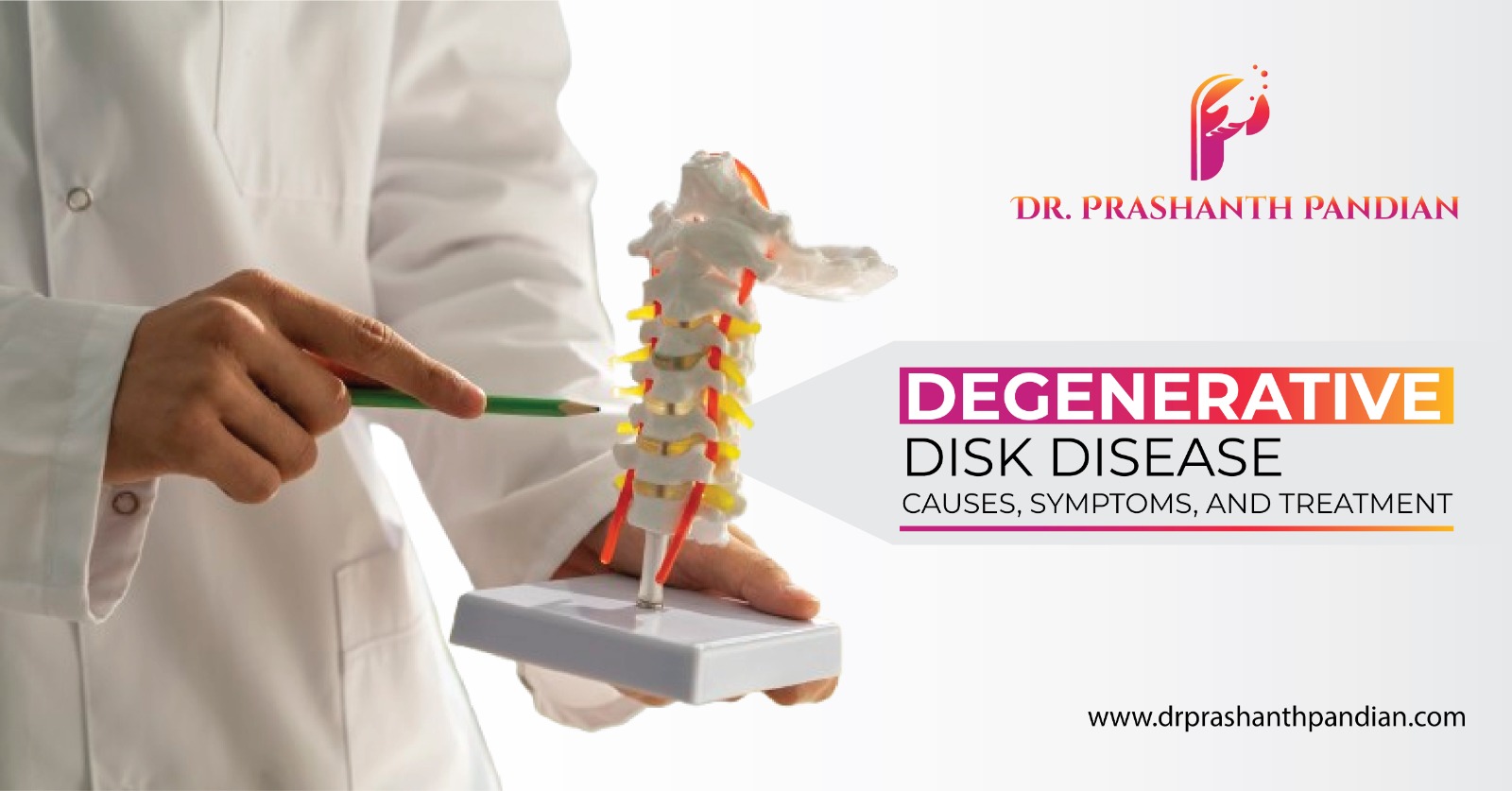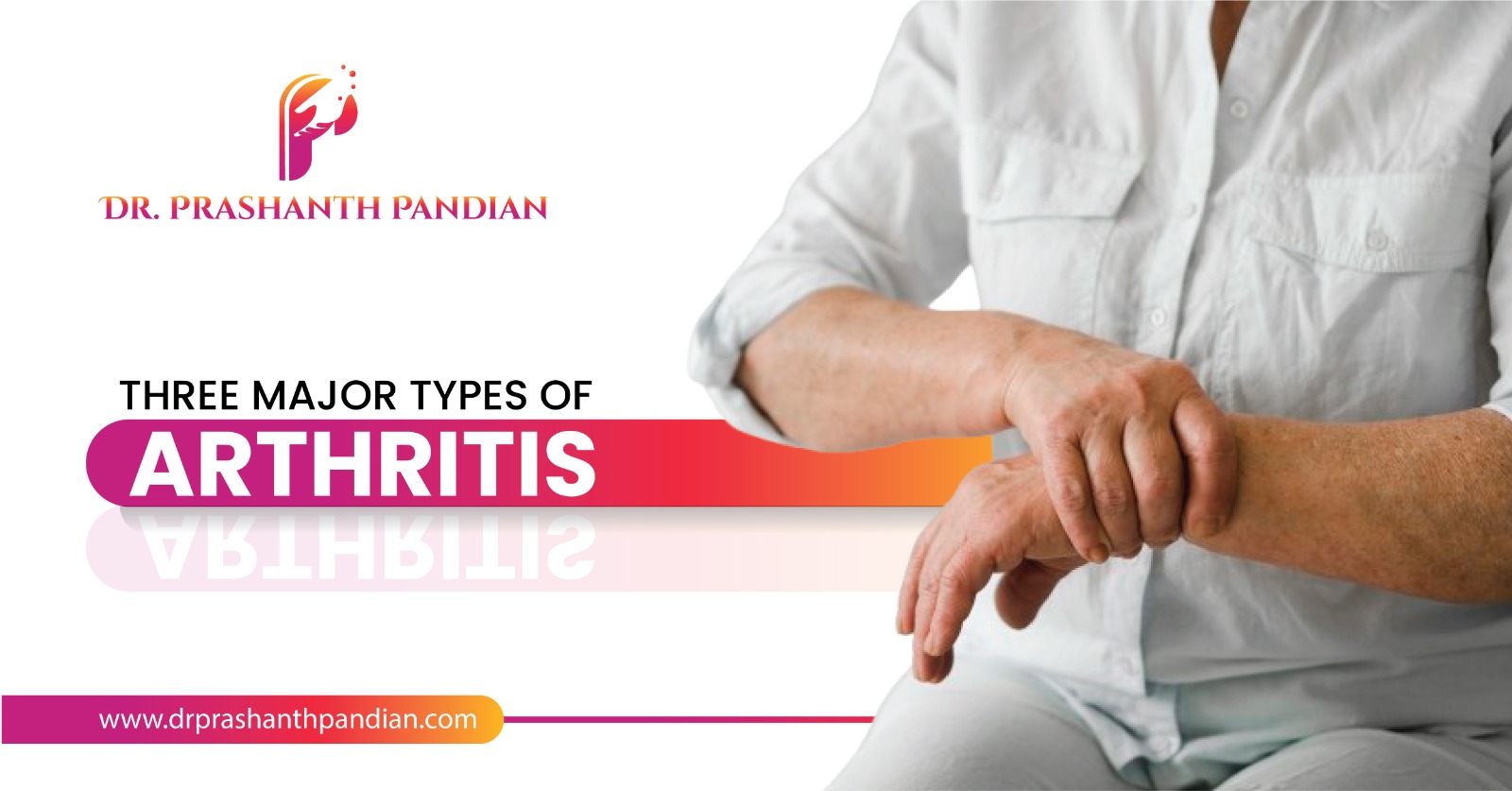Chondromalacia patellae, also known as “runner’s knee,” occur when the cartilage on the underside of the kneecap softens and deteriorates. This condition is prevalent among young athletes and older adults with knee arthritis. The cartilage at the bottom of the kneecap can become rough and inflamed, causing pain when the knee is bent or stretched. Symptoms can range from mild to severe.
Symptoms of Chondromalacia Patellae
Typical symptoms include:
- Dull pain felt under or around the kneecap, worsening when descending stairs.
- Grinding or cracking sounds when moving the knee.
- Discomfort during exercises or after long periods of sitting or standing.
- Swelling around the kneecap.
Causes of Chondromalacia Patellae
The kneecap normally sits on top of the knee joint, sliding over the femur when the knee bends. If the kneecap’s movement is disrupted, it can rub against the thigh bone abnormally, leading to cartilage deterioration. Causes include:
- Trauma, such as fractures or dislocations of the kneecap.
- Muscle imbalance around the knee, with some muscles weaker than others.
- Overuse of the knee joint, particularly during sports involving repeated bending or twisting.
- Misalignment of muscles or bones near the knee joint.
- Meniscus injury, involving damage to the C-shaped cartilage inside the knee.
- Rheumatoid arthritis or osteoarthritis.
- Knee joint infection.
- Recurrent bleeding episodes within the knee joint.
- Repeated steroid injections into the knee.
Preventing Chondromalacia Patellae
- Warm up and stretch before athletic activities.
- Strengthen leg muscles, especially quadriceps.
- Gradually increase training intensity.
- Wear supportive shoes, considering foot alignment.
- Use specific equipment for sports like skiing or football.
- Wear knee pads if kneeling on hard surfaces.
Treating Chondromalacia Patellae:
- Apply ice for pain or swelling.
- Take nonsteroidal anti-inflammatory drugs like ibuprofen.
- Use pain relievers like acetaminophen.
- Start an exercise program to strengthen knee muscles.
- Avoid high-impact exercises, kneeling, and squatting.
- Use knee tape, a brace, or a patellar-tracking sleeve to maintain proper alignment.
Chondromalacia patellae, or runner’s knee, results from the weakening of kneecap cartilage. While rest may help, seeking medical advice from an orthopedist ensures proper diagnosis and treatment. Timely care can lead to better outcomes and relief from discomfort.




